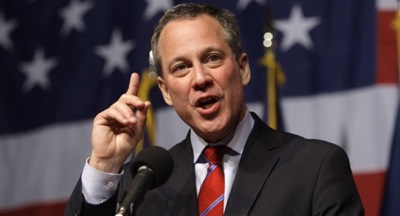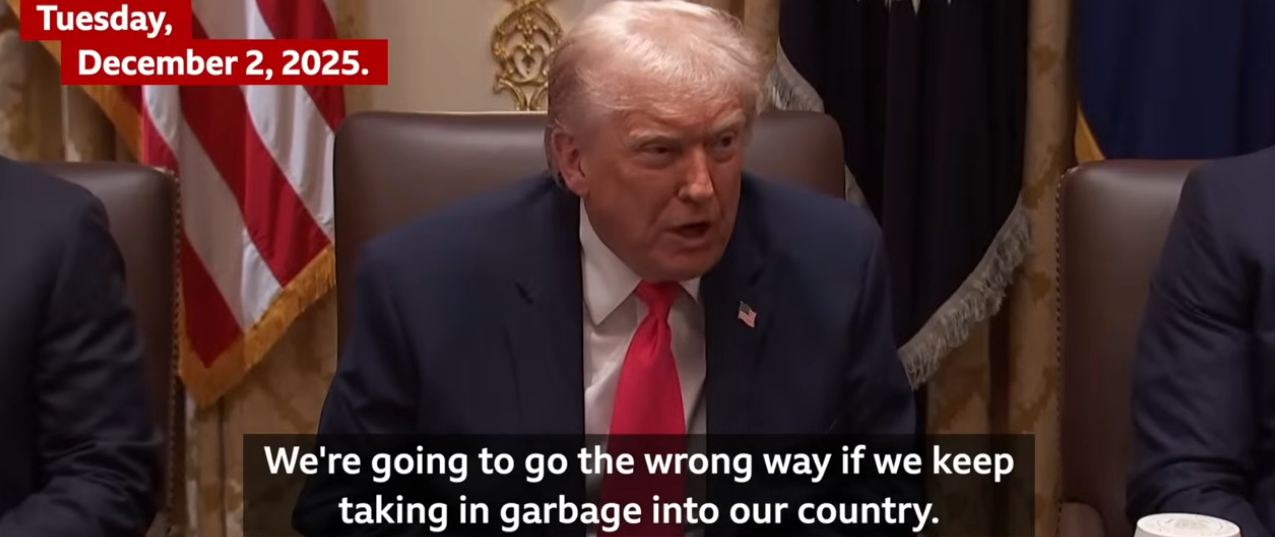Eric Schneiderman
New Yorkers are watching the deteriorating fiscal situation in Puerto Rico with deep concern.
For many New Yorkers, the Puerto Rican debt crisis is not a distant, abstract matter of fiscal planning and bond payments. It is about the real lives of mothers, fathers, siblings, friends and neighbors, both on the island and here at home.
Puerto Rico and New York have long had a close, almost familial relationship. Nearly 1 in 10 New York City residents is Puerto Rican or of Puerto Rican descent. The fiscal crisis there is deeply personal for the people of New York.
That is why it is so important for New Yorkers to weigh in to make sure that the federal government’s financial decisions over the next few months balance the needs of Puerto Ricans and their families with the commonwealth’s need for long-term fiscal help.
The critical step is to end an exclusion that prevents Puerto Rico from doing what all state governments can do when faced with such a crisis. Congress should immediately grant Puerto Rico the same rights as states to allow distressed government entities to declare Chapter 9 bankruptcy and restructure their debts.
Puerto Rico’s unequal status when it comes to bankruptcy protection has already led to the closing of more than 100 schools and residents fleeing to the mainland. Bankruptcy protections could forestall some of the worst effects of the spiraling fiscal crisis.
The simple threat of bankruptcy itself may help Puerto Rico weather the crisis by forcing all parties back to the negotiating table to stave off bankruptcy. New Yorkers know this from our own experience because it worked for us in the 1970s.
When New York City was on the brink of declaring bankruptcy in 1975, it was, in the words of Richard Ravitch, who was named chairman of the state Urban Development Corporation that year, “the threat of bankruptcy that got everybody to do things that in the beginning of this process they swore they wouldn’t do.”
When bankruptcy—and the reduced creditor payouts that come with it—suddenly becomes a very real possibility, local officials and creditors work harder on compromises to find a solution short of bankruptcy that could be agreeable to all parties.
During the 1970s fiscal crisis, New York City faced levels of debt that were unprecedented at the time. City officials had used all the accounting tools at their disposal to keep the city afloat.
By April 1975, the city had to take out a three-day loan just to cover payroll. By October of that year, Mayor Abraham Beame had quietly drafted a petition that would have declared the city in default.
While that petition was never invoked, the very real threat of default—and the cascade of challenges that would surely follow—brought city and state officials, business leaders, unions and others to the table to hammer out a sustainable solution.
That solution was not exactly what any side wanted. It required difficult compromises from everyone at the table. But eventually, the threat of bankruptcy was enough to help the city steady its finances and make it through the crisis.
As Stephen Berger, the head of the state’s Emergency Financial Control Board at the time, recalled years later, “All the stuff we did was to keep the kid from drowning.”
We need to make sure that Puerto Rico is saved from drowning now so that local officials have the time and space they need to craft a long-term solution to the debt crisis.
Congress should move swiftly to end Puerto Rico’s unequal legal status and give it the tools it needs—including bankruptcy power—to bring everyone to the table and solve this crisis.
Eric Schneiderman is the attorney general of New York
Original post is available on City&State






